Gaining Muscle Mass. 11 Practical Tips.
Some professional athletes have been in this state since early childhood, while others have only now realized the need for change. We will structure our article in the form of advice, after reading which you will understand what, when and in what quantities you should eat.
The basis of any muscle mass is protein , or more precisely, a protein molecule. Let's imagine what this protein molecule looks like. To do this, we should remember a Christmas tree garland with colored balls strung on a wire. Each ball of the garland is one amino acid - a structural unit of any protein. At the moment when a garland of such amino acids gets into our intestines, the "wires" holding the amino acid balls together are torn, the amino acids are absorbed through the intestinal wall into the blood, and then are carried by the bloodstream and settle in the muscles. In the muscles, your body builds its own garlands from single amino acid balls, but in a new order. This is how a new protein molecule is born. An increase in the number and size of such protein molecules in your muscles gives us our cherished increase in muscle mass. In other words, in order to grow one's own muscle tissue, a person must consume "foreign" protein - animal and plant.
Tip number 1. 2 grams of protein per kilogram of body weight per day.
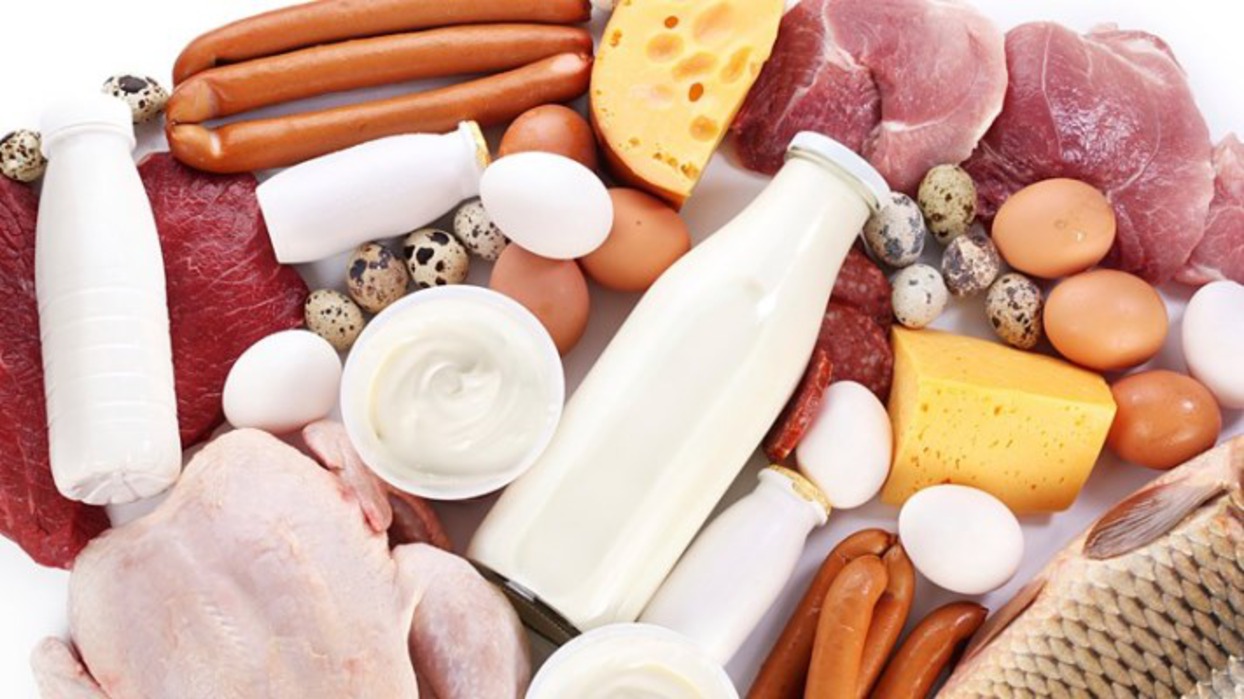
Your goal is 2 grams of protein per kilogram of your body weight per day. This total mass of pure protein should be divided into 5-6 meals, so that you consume more than 40-50 grams of pure protein per meal, the body simply will not absorb more per meal. Let us recall that the main sources of protein for a bodybuilder are meat (pork, beef, fish), beans (beans, soy), dairy products (cheese, cottage cheese, yogurt, milk, sour milk).
Tip 2: Give carbohydrates.
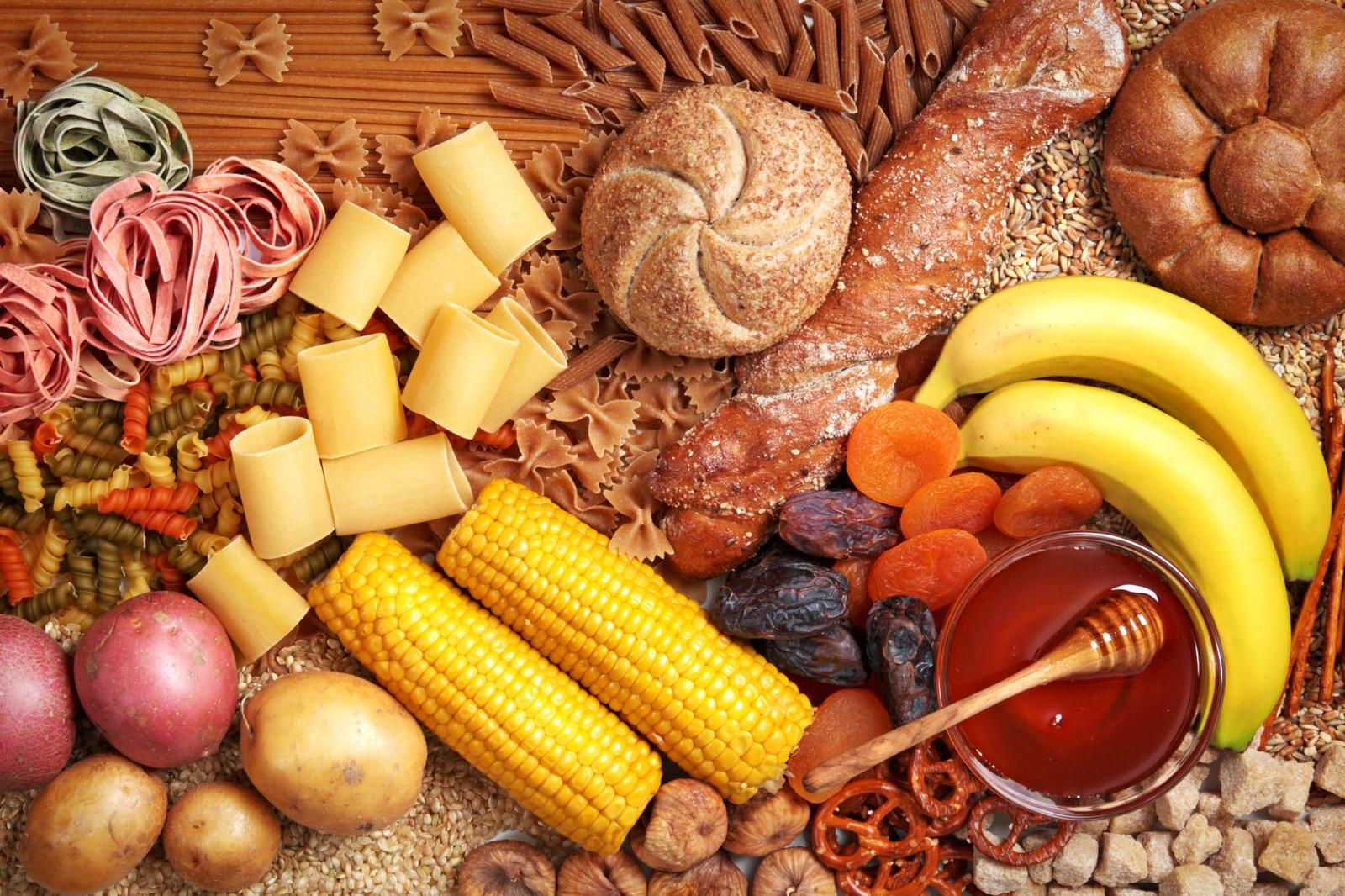
Eat more carbohydrates, they provide the body with "easy" energy for muscle growth. Since the body spends a minimum of energy on breaking down carbohydrates, and receives a maximum of new energy at the output, relative to the same amount of protein/fats. The main sources of carbohydrates for any person are vegetables, cereals and fruits, as well as carbohydrate powder concentrates. Now is the time to reveal the first secret - if your body does not have enough carbohydrate energy, then the body, without thinking twice, breaks down muscle tissue to replenish its reserves. I think that everyone understands that in this case of a lack of carbohydrates, there will be no sense in persistent training in order to gain muscle mass.
Tip 3. Count calories.
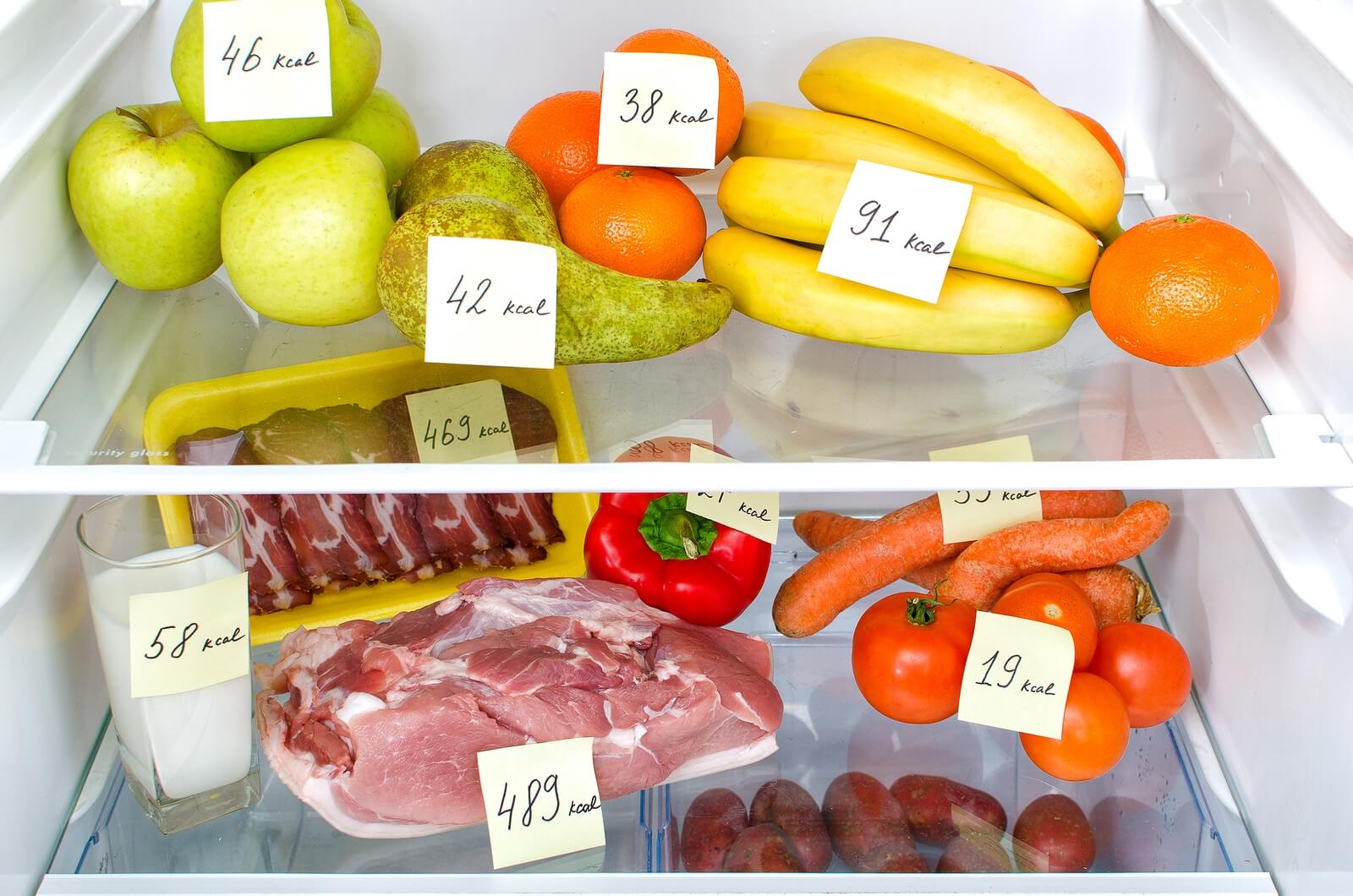
A calorie is a unit of energy that our body receives from food. At the same time, a person's energy expenditure for each movement/effort is measured by the same calories. It seems obvious that a person should "eat" as many calories as he spent, but this is not so. Why? It's simple, remember that the body spends part of the energy on muscle tissue growth, which means you need to eat a little more calories than you spent on training. If you consume exactly as many calories as you spend, the muscles simply have nothing left, and they cannot grow.
Let's remember the so-called post-workout muscle growth effect. It is based on consuming calories with some surplus, so that the body has the opportunity to use all the protein for only one purpose - building new muscle fibers and increasing the volume of existing ones.
The words of the famous Mr. Olympia - Dorian Yates - say: Start with 400-500 grams of carbohydrates per day, and then follow the arrow of the scale. The meaning of these lines is this approach: "If you are training hard, and muscle growth is extremely slow or does not exist at all, then perhaps you are simply not getting enough calories. Feel free to add 100 extra grams of carbohydrates per day, and do this until the scale starts telling you that weight gain has begun.
Tip 4. Fats

Fats are our body's friends, not its enemies. The production of essential hormones and the intake of fats are interconnected. Testosterone and other anabolic hormones are produced by the body directly from fats. That is why switching to a low-fat vegetarian diet always affects sexual desire, which indirectly tells us about the concentration of sex hormones, in particular testosterone. However, it should be borne in mind that excess fats are harmful in the same way as a deficiency of the latter.
It is important to follow the recommendations of nutritionists, who say that fats should enter the body with food no more than 15% of all daily calories. For information, our traditional menu contains up to 45% fats. Athletes should simply differentiate fats into animal and vegetable. Animal fats are in the vast majority harmful, the only exceptions are fish oil or other Omega-3 fatty acids.
It is important for an athlete that fats in this form help muscle cells to absorb glucose. The result is the accumulation of sufficient energy in the muscles, which is so necessary for effective training and the construction of new muscle tissue.
In light of this advice, we recommend that you eat fish at least 2-3 times a week - salmon, mackerel or sardine. As an additional portion of Omega-3 fats - a couple of egg yolks, which will be especially useful during intense training.
Tip 5: Eat vegetables.

Having studied most of the manuals on rational and sports nutrition, we can conclude that if an athlete's diet is poor in vegetables and fruits, then the rate of muscle tissue growth tends to zero. An athlete's daily menu should include at least three servings of vegetables and fruits. In winter, freshly frozen blueberries, currants, strawberries or pieces of melon can be added to yogurt, oatmeal or protein shakes. Shredded stewed cabbage, mushrooms and finely chopped onions with sweet peppers "go" well with rice or pasta. An excellent recipe would be to eat a large portion of vegetable salad at least once a day (or better yet, twice), preferably with a seasoning based on natural vegetable oil. In winter, such salads can be prepared from fresh cabbage, adding pre-cooked beans, green onions and chopped bell peppers to it.
Tip 6: Eat carbohydrates before your workout.

Before training, athletes should consume "slow-acting" carbohydrates. There are two types of carbohydrates - fast and slow. The first are quickly broken down in the intestines, releasing their energy reserves, while the second, on the contrary, are broken down slowly, calorie by calorie, releasing their energy.
A reasonable question arises: how to distinguish fast carbohydrates from slow ones? The answer is also simple. Fast carbohydrates are always sweet. Examples of fast carbohydrates: sugar, cake, cream, honey, jam, candy. "Slow" carbohydrates do not have a sweet taste, this type of carbohydrate is ideal for fueling the body before training.
Examples of slow carbohydrates are oatmeal, rice, potatoes, these products, slowly breaking down, give you their energy step by step.
The result of consuming slow carbohydrates will be a stable blood glucose level, which means that muscle glycogen will remain intact and will be used to build new muscle fibers.
Tip 7: Eat after your workout.

Intensive training causes an increase in the secretion of cortisol, glucagon and catecholamines in the athlete's body. These hormones, capable of triggering a chain reaction of muscle tissue destruction, are always released in response to stress, physical or nervous.
Our goal is to immediately after training to have a snack of "fast" carbohydrates. They will provoke the production of insulin, and it is the first enemy of the evil trinity and neutralizes its harmful effect on muscles.
Excellent sources of "fast" carbohydrates are crackers, raisins, honey. You can try the formula of professional Jay Cutler. He recommends eating 1.5 g of carbohydrates per kilogram of your weight in the locker room.
Tip 8. Multiple meals.

Fractional nutrition in small portions was invented by doctors, but athletes were the first to try it on. When you and I eat often, the muscles constantly receive an influx of new amino acids with the blood, which are immediately included in the construction of muscle tissue.
Amino acids "restore" muscle tissue damaged by training loads, and glucose maintains a high level of insulin in the blood, thereby preventing catabolic processes in the muscles, and increases glycogen reserves (essentially, this is the same glucose stored for future use).
Tip 9. Vitamins

Pay due attention to the consumption of food rich in vitamins - liver, vegetables, fruits. Vitamins are accelerators of all processes in the body. So vitamins of group C, E protect your body from the effects of toxins, Vitamins B nourish your nerve cells, vitamin K, contained in the liver of cod and animals, has a beneficial effect on the blood of a bodybuilder. Gaining muscle mass will require additional portions of vitamins from the body, this should not be forgotten either.
Tip 10. Taking supplements
Gainer
MASS GAIN 2.250 G is a combination of proteins and carbohydrates. Carbohydrates are an important component of a balanced human diet. Many people mistakenly believe that carbohydrates are harmful, considering them the cause of excess weight.
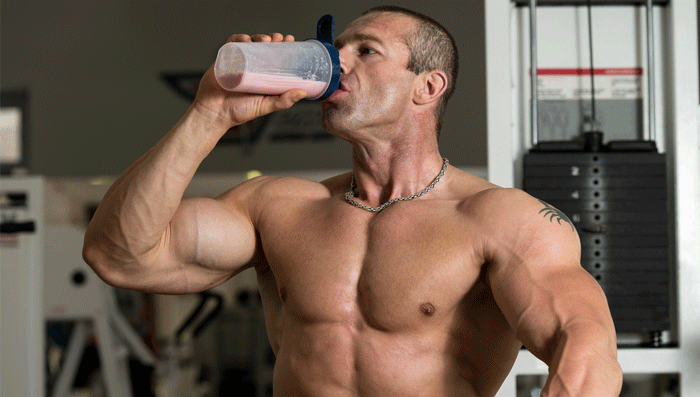
In essence, gainers are dietary supplements designed to quickly and effectively build muscle mass, which is one of their main functions, although not the only one.
They are recommended to be taken, first of all, by people who lead an active lifestyle and experience increased stress during training.
People who are prone to being overweight should be careful with gainers; it makes sense to pay attention to protein.
Many will argue that the required amount of nutrients can be obtained from regular food. Theoretically, this is true. But in reality, your body simply will not be physically able to digest such a quantity of food. In addition, proteins and carbohydrates are better digested with water. Therefore, a gainer on water, milk, or juice is optimal for digestion, especially after training.
Gainers are an important part of sports nutrition, they have long been used by athletes. This food supplement has firmly established itself in their diet.
Creatine
In order to evaluate and understand how various supplements affect the body, we will use the "services" of creatine and glutamine.
As a food supplement, creatine has no equal - it actively increases endurance, muscle energy levels and stimulates protein synthesis in athletes.
Creatine's constant companion is glutamine. This amino acid has a beneficial effect on the athlete's immune system, protecting it from various attacks by microbes and bacteria, of which there are more than enough in gyms. In addition, glutamine helps to store glycogen and blocks the action of the infamous cortisol.
Gaining muscle mass will require you to take these supplements immediately after training, along with a gainer. The reason for this is the ability of a gainer (glucose in its composition) to sharply increase the concentration of insulin in the blood, which in turn helps creatine and glutamine penetrate into muscle cells.
The optimal dosage of creatine is 3-6 grams per day, the optimal dosage of glutamine is 5-10 grams of the drug per day.
CREATINE MONOHYDRATE POWDER 300 G

Protein
LIGHT DIGEST WHEY PROTEIN is a new generation of proteins developed for all types of athletes (beginners and advanced) and for active people.

Because of this, it will help you significantly improve your sports performance, no matter what you do. In addition, whey protein helps maintain muscle tone and build muscle mass. LIGHT DIGEST WHEY PROTEIN will also allow you to better recover from training, whether it is bodybuilding or any other sport, and will help you lose weight if it is included in your current diet.
Tip 11. Drink more water
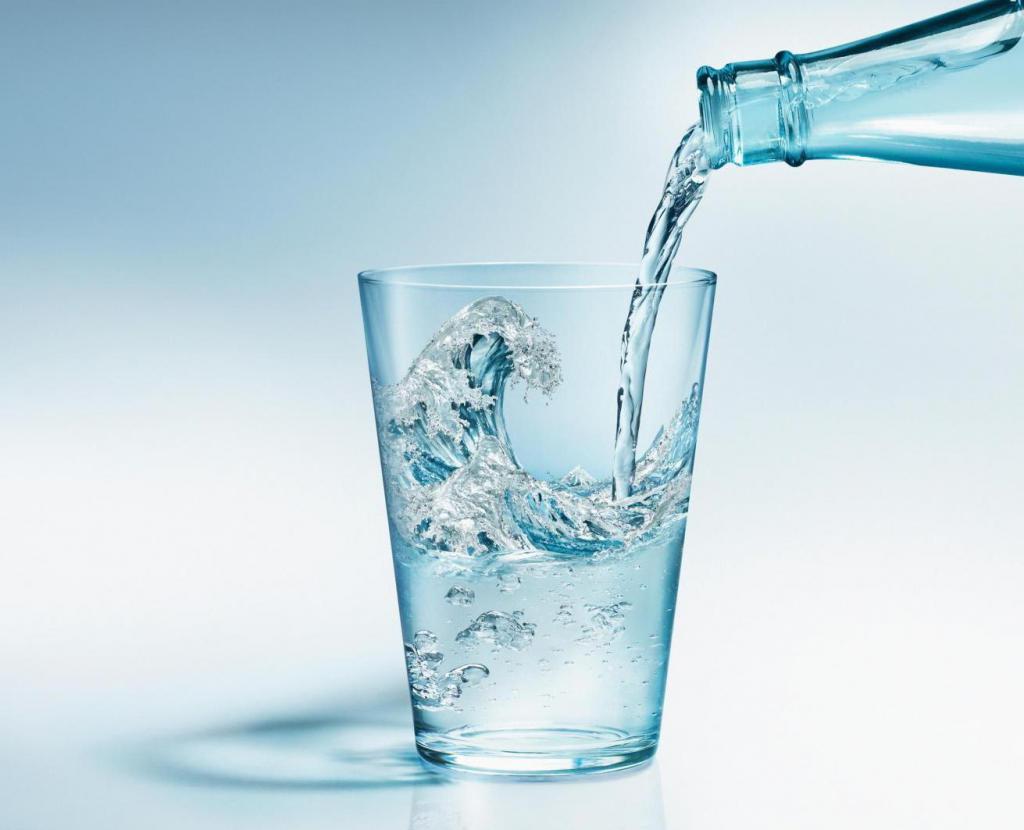
Gaining muscle mass will require additional volumes of water/liquid. Your body is 75% water, which means that not a single muscle in your body will grow unless you find the opportunity to drink at least 1-1.5 liters of liquid (water, juice, compote) per day. When the body is dehydrated, water leaves the muscle cells and thereby triggers the mechanism of muscle tissue destruction. By the way, do not forget that the effect of creatine and glutamine is largely based on the effect of "swelling" muscles, that is, filling them with liquid. "Attracting" water into muscle cells, creatine with glutamine stimulates the muscle to further growth.
In conclusion, we would like to add that gaining muscle mass should not be an end in itself. We should not forget about increasing the strength of muscle contraction, because it is the key to strong, powerful and stable muscles.
